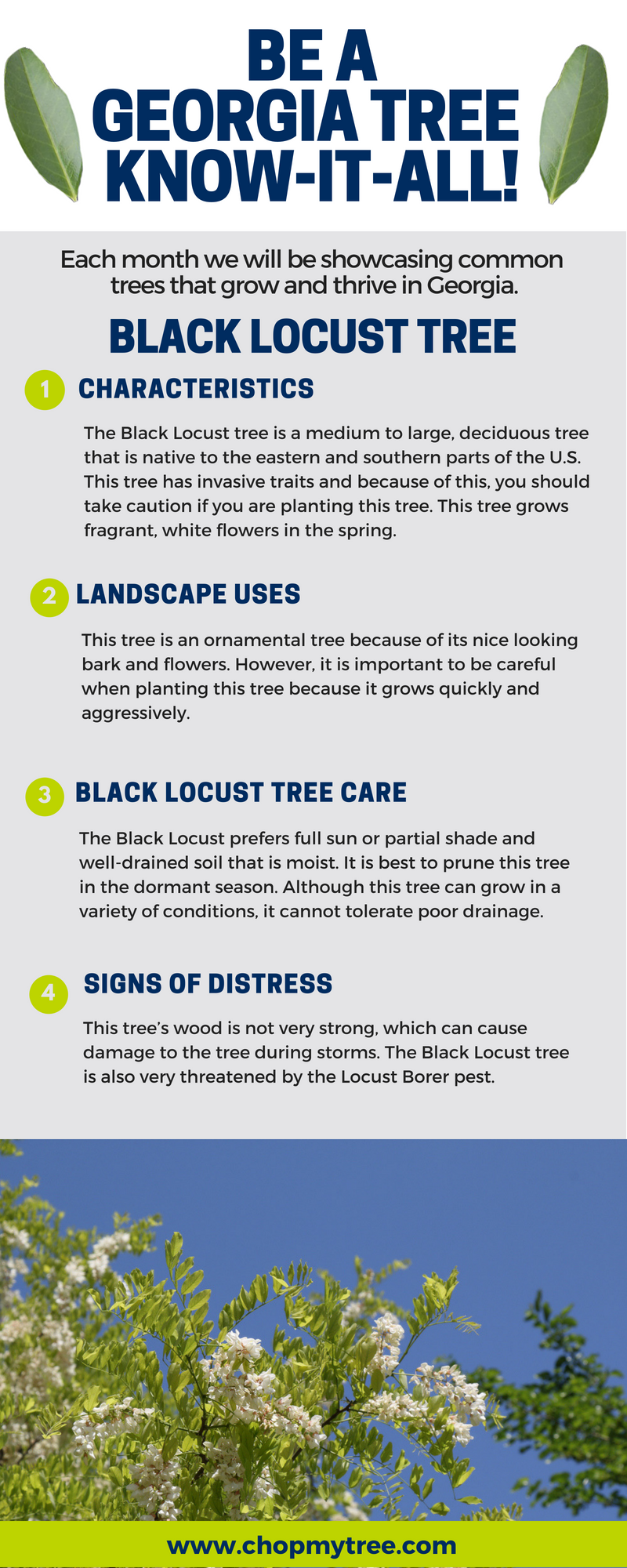Adhering To Tree Removal, It Is Important To Look After Your Landscape To Ensure Its Repair; Find The Crucial Steps To Rejuvenate Your Location And Protect Against Future Problems
Adhering To Tree Removal, It Is Important To Look After Your Landscape To Ensure Its Repair; Find The Crucial Steps To Rejuvenate Your Location And Protect Against Future Problems
Blog Article
Web Content Author-Nunez McCollum
After a tree's elimination, your landscape may look quite various, and it's essential to analyze the aftermath very carefully. You'll intend to examine the soil disturbance and inspect bordering plants for any indicators of stress and anxiety. Neglecting these aspects can result in larger issues down the line. So, what should you do with those stumps and origins? And exactly how do you select the best plants for your rejuvenated area? Let's explore these essential steps.
Assessing the Consequences: Evaluating Your Landscape
After a tree removal, it's critical to assess your landscape to recognize the impact it carries your yard.
Beginning by checking out the location where the tree stood. Search for indications of soil disturbance, and check the bordering plants for any tension or damage.
You need to likewise make note of how the removal has transformed sunshine direct exposure and airflow in your garden. How To Prune Hydrangea Tree can influence the growth of nearby plants, so it's important to review their health.
Think about the visual aspects too; the elimination could create an open space that you can upgrade.
Finally, consider any potential disintegration issues that could arise from the tree's absence. Dealing with these factors early will help recover equilibrium to your landscape.
Dealing With Stumps and Origins: Options for Removal
As soon as you have actually analyzed the consequences of the tree elimination, you'll likely require to take on the stump and roots left behind.
You have a couple of choices for elimination. One reliable technique is stump grinding, where a specialist makes use of a maker to grind the stump down to below ground level. This method leaves minimal disturbance to your landscape.
If you choose a do it yourself approach, you can make use of a combination of excavating and chemical stump cleaners. Simply keep in Tree Removal Costs , this procedure can take time and initiative.
Conversely, think about leaving the stump as a natural function, which can serve as a special yard aspect or environment for wild animals.
Whatever you choose, dealing with the stump and origins is necessary for restoring your landscape.
Selecting the Right Plants for Your New Area
As you evaluate your recently removed area, choosing the right plants can considerably improve your landscape's beauty and performance.
Beginning by thinking about the sunshine and soil problems. For warm areas, go with drought-resistant plants like lavender or succulents. In shaded places, brushes and hostas prosper well.
Consider the size and growth habits of your plants; mix perennials and annuals for seasonal selection. Don't neglect to incorporate indigenous varieties; they need much less maintenance and assistance neighborhood wildlife.
Group plants in strange numbers for a more natural look and create layers for visual depth.
Finally, guarantee you have a mix of colors and textures to maintain your landscape dynamic throughout the periods.
Satisfied growing!
Conclusion
In conclusion, restoring your landscape after tree removal is a gratifying procedure. By analyzing the consequences, resolving stumps and roots, and picking the right plants, you'll produce a successful setting. Do not forget to integrate disintegration control measures to safeguard your soil. With a little effort and treatment, you can transform your area right into a vibrant garden that boosts your property. Embrace the chance to rejuvenate your landscape and delight in the elegance of nature right in your yard!
